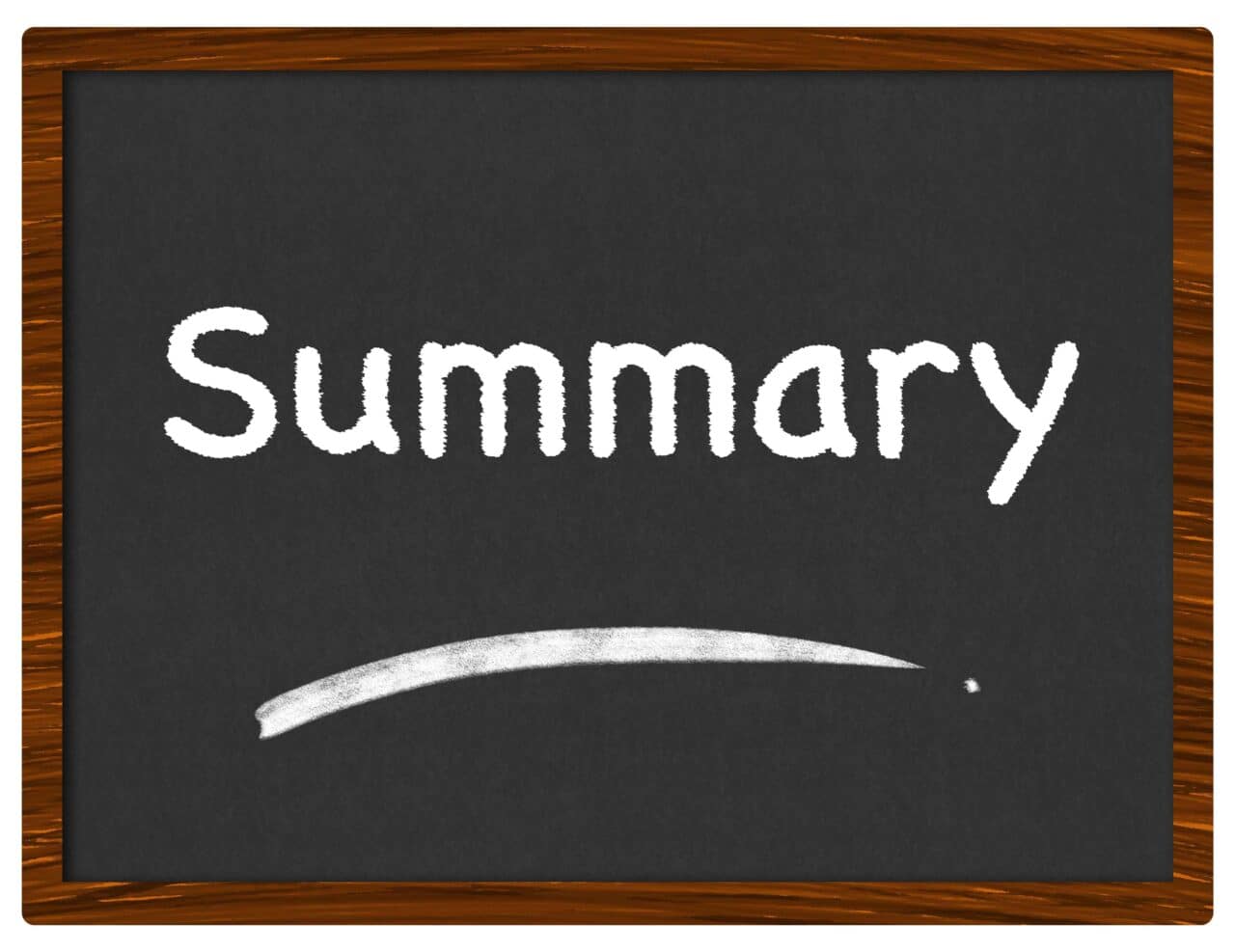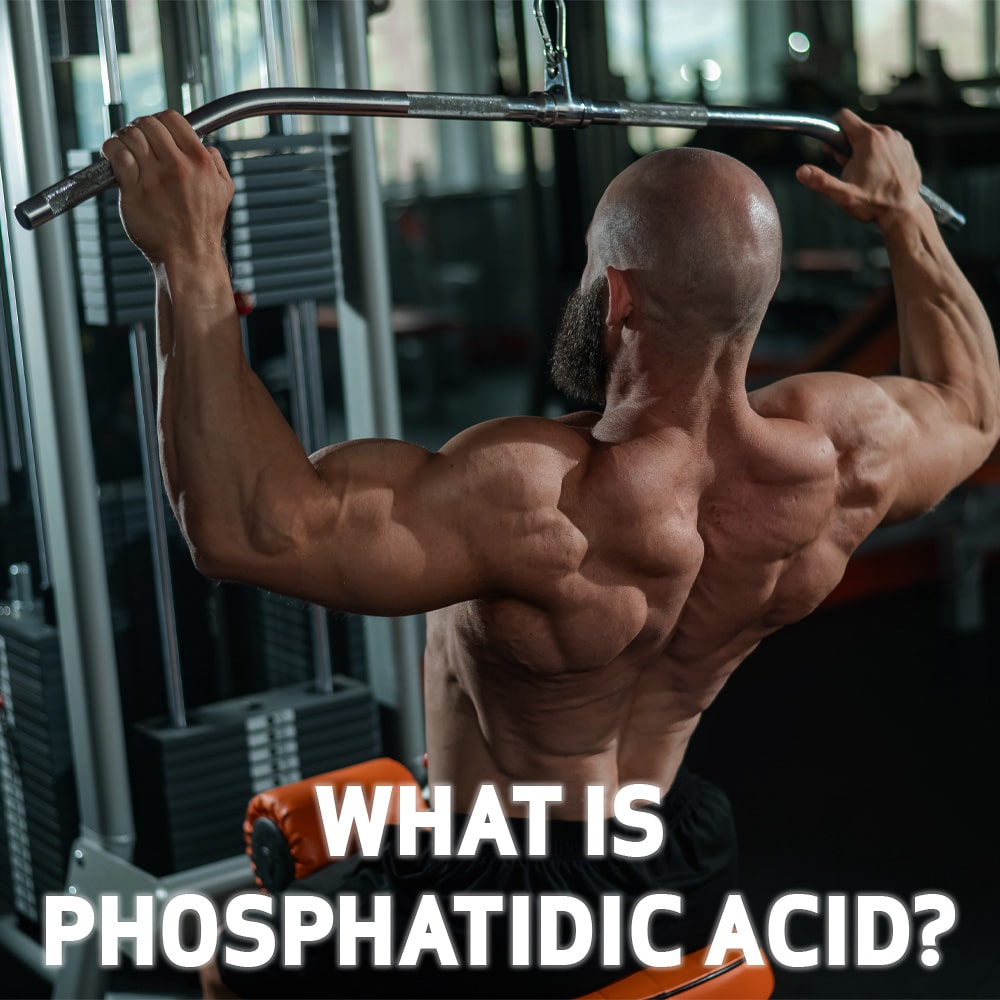What is Phosphatidic Acid?
What is Phosphatidic Acid?
You may be familiar with the term ‘m-TOR’, as it has gained considerable attention in the field of exercise physiology since its discovery in the 1990s. This is due to its role as the master regulator of muscle growth. You are probably less likely to be familiar with phosphatidic acid. Yet this little known, naturally occurring supplement has the ability to activate the m-TOR pathway to maximise muscle growth and repair.
In order to appreciate just how effective phosphatidic acid M-TOR is, we first need to understand what m-TOR is and what it does, and phosphatidic acid’s role in its function.
What is m-TOR?
m-TOR, or to give it its full name, the mammalian target of rapamycin, is a protein that regulates cell growth, protein synthesis, and other essential cellular processes. It functions as a regulator of cell growth, proliferation, and survival by acting as a central hub for coordinating responses to nutrient availability and energy levels within the cell. It responds to various signals including nutrients, growth factors, and energy status to control cellular processes. When activated, m-TOR initiates a cascade of events that lead to increased muscle protein synthesis. This activation of m-TOR signalling is essential for mechanically induced changes in skeletal muscle mass. Exposing muscles to increased mechanical loading, such as through strength training, stimulates muscle protein synthesis leading to increases in muscle size and strength.

What is Phosphatidic Acid?
Phosphatidic acid is a phospholipid, a type of fat molecule, which occurs naturally in the body and in a limited number of foods, such as radishes and cabbage. Technically speaking, it consists of a glycerol backbone with two fatty acids and one phosphate group attached. It plays a vital role in various cellular processes, including cell signalling. Its role in muscle protein synthesis and growth has received considerable attention recently as it has been shown to activate the m-TOR signalling pathway directly and enhance the anabolic effects of resistance training. It does this by binding to specific sites on m-TOR.
So, while resistance training induces mechanical stress on muscles, which naturally activates the m-TOR pathway, supplementation with phosphatidic acid amplifies this effect, leading to even greater activation of m-TOR and, consequently, greater muscle protein synthesis leading to greater muscle growth and repair.
m-TOR versus m-TORC
Another similar sounding term to m-TOR is m-TORC. This stands for mammalian target of rapamycin complexes. The term complexes refers to groups of proteins that come together to form a functional unit. Each complex consists of different sets of proteins that dictate their specific functions and mechanisms.
mTOR forms two distinct complexes known as mTORC1 and mTORC2.
- mTORC1 plays a critical role in promoting cell growth, protein synthesis, and lipid synthesis. Several signals which regulate mTORC1 have been identified, such as growth factors (e.g. insulin and insulin-like growth factor 1 (IGF-I), amino acids, mechanical stimuli and energy status. Interestingly, regulation of mTORC1 activity by mechanical stimuli, such as resistance training, is believed to be mediated by phosphatidic acid. The branched-chain amino acid leucine, is also an important regulator of mTORC1 activity.
- mTORC2 is primarily involved in regulating the cytoskeleton (the cell’s structural framework), and it helps to control cell survival and metabolism. Unlike mTORC1, mTORC2 is less sensitive to nutrients and more responsive to factors such as various hormones and growth signals.
In short, m-TOR is the core protein, while mTORC1 and mTORC2 are complexes that include mTOR and other proteins, each with specific roles in cellular signalling.

Why supplement with Phosphatidic Acid?
It would be reasonable to think that if phosphatidic acid occurs naturally in the body, and in a number of foods, why do we need to supplement it?
The fact is that it is contained only in a limited number of foods and then in small amounts, with the greatest found in vegetables belonging to Brassicaceae, such as cabbage, which contain approximately 700 nmol/g (approximately 0.5 mg/g). However, as we shall see, studies have employed doses varying from 250 mg to 750 mg. As such, the amount of phosphatidic acid found in the diet is negligible in comparison to that shown to be effective (10). Hence the need for supplementation.
What are the benefits of Phosphatidic Acid?
Phosphatidic Acid has been shown scientifically to play a vital role in the activation of the m-TOR pathway. This provides a number of key benefits, which include:
- Increasing muscle protein synthesis (1,2)
- Increasing muscle size (2,3,4,5,6,7,8)
- Increasing muscle strength (2,3,4,5,6,8,10)
- Improving body composition (2,3,4,5,6,7,8,10)
- Reducing body fat (8)
- Enhancing post-exercise recovery (9)
- Reducing the effects of overtraining (9)
- Reducing cortisol levels (9)
What does the science say about Phosphatidic Acid?
Phosphatidic acid has been the subject of numerous studies, which have demonstrated its function and efficacy. As we review a selection of that research, you will begin to see why Phosphatidic Acid is such an effective product and how it may benefit you.

Can Phosphatidic Acid increase muscle size?
The science shows that phosphatidic acid stimulates muscle protein synthesis (1,2,10), but does this translate into appreciable increases in muscle size? The results of a growing number of studies suggest that this is the case (2,3,4,5,6,7,8).
Hoffman et al., (4) investigated the effects of oral phosphatidic acid on muscle mass during an 8-week resistance training program. Sixteen resistance-trained men were randomly assigned to a group that either consumed 750 mg of phosphatidic acid or a placebo group. Each group performed a resistance training programme 4 days per week. The results showed that subjects ingesting the phosphatidic acid supplement had a 2.6% increase in muscle mass while those subjects consuming a placebo had just a 0.1% increase. This equates to a 2,500% difference.
Joy and colleagues (8) employed a similar research design using resistance-trained men. The phosphatidic acid dosage was equal to that used by Hoffman et al. (4) and participants followed a 3-day per week resistance training program during an 8-week supplementation period. In addition, the timing of phosphatidic acid intake was controlled for in this study, as it was taken 30 min pre-workout (450 mg) and immediately post-workout (300 mg) on training days. On rest days, it was taken with breakfast (450 mg) and dinner (300 mg). The results showed that supplementation with phosphatidic acid literally doubled the amount of muscle gained over the 8-week period in comparison to resistance training alone (+ 2.4kg versus +1.2 kg). Additionally, participants in the phosphatidic acid group demonstrated significant increase in cross sectional area of the rectus femoris (one of the quadriceps muscles) in comparison to the placebo.
These studies are highly relatable to the general exercising public as the subjects supplemented with standard recommended amount of phosphatidic acid and performed typical resistance training programmes as you might see in any gym. As the study by Joy et al., (8) demonstrated, this basic protocol can provide up to double the amount of muscle growth achieved compared to resistance training alone.
However, not all studies on the effects of phosphatidic acid on muscle mass in response to resistance training achieved such impressive results. For example, Andre et al. (5) also investigated the efficacy of phosphatidic acid combined with resistance training. A total of 28 men were randomised to either a phosphatidic acid group or a placebo. Similar to previous research, participants were resistance-trained and body composition, muscle size and lower-body muscle strength were determined before and after the supplementation period. Unlike the other studies, the results showed that supplementation with phosphatidic acid had no significant effect on muscle mass compared to the placebo. It is important to note that a pronounced difference is the dosage used. Whereas the previous studies provided 750 mg phosphatidic acid daily to the participants, Andre et al. provided only half (375 mg) or one third of this (250 mg) (10).
These results serve to illustrate the importance of ensuring you consume the evidence- based dose of any supplement. Failure to do so can be the difference between achieving impressive results and none at all.

Can Phosphatidic Acid increase strength?
Numerous substances have been used to promote increases in muscular strength, often with no scientific data to support their use and with mixed results. There is now an emerging body of evidence that demonstrates the efficacy of phosphatidic acid for the development of strength when combined with a suitable resistance training programme (2,3,4,5,6,8,10).
A study by Escalante and colleagues (3) investigated the effects of phosphatidic acid supplementation on strength and body composition in resistance trained men. Eighteen healthy strength-trained males were randomly assigned to a group that either consumed a phosphatidic acid supplement or a placebo as part of a double-blind, placebo-controlled trial, considered to be the ‘gold standard’ in research. All participants completed a three day per week resistance training protocol for the eight-week study duration. The results showed supplementation with phosphatidic acid not only produced a significant increase in 1 rep max bench press and leg press strength in comparison to the placebo, but also a significant increase in muscle mass.
The previously mentioned studies by Hoffman et al., (4) and Joy and colleagues (8) also demonstrated the beneficial effects of phosphatidic acid on strength. The results of Hoffman’s study showed that subjects supplementing with phosphatidic acid demonstrated a 35.56% increase in squat strength in comparison to a placebo (12.7% versus 9.3%). While Joy and Colleagues noted a 60% greater increase in leg press 1 rep max with phosphatidic acid supplementation in comparison to a placebo (+52.0 kg versus +32.5 kg).
Can Phosphatidic Acid reduce body fat?
The two components of body composition that are typically of greatest interest to the majority of people, and are most amenable to change as a result of diet and exercise, are muscle mass and body fat. While phosphatidic acid’s ability to increase muscle mass is well documented, less acknowledged is its ability to reduce body fat.
However, the results of a study on resistance trained males who performed a 3-day week periodised resistance training programme for 8 weeks, showed that those subjects consuming 750 mg of phosphatidic acid daily lost 61.5 % more body fat in comparison to a placebo (-1.3kg vs. -0.5kg) (8).

Phosphatidic Acid: The building block of phosphatidylserine and how it will benefit you
Like phosphatidic acid, phosphatidylserine is also a phospholipid and a substance most people are probably not familiar with, but which has a number of benefits for both health and performance.
Phosphatidic acid acts as a building block for the more complex phosphatidylserine. Technically speaking, phosphatidylserine is synthesized via a pathway where phosphatidic acid is converted into series of other substances by chemical reactions before ultimately forming phosphatidylserine.
Phosphatidylserine has gained increased interest from exercise scientists due to its ability to reduce the effects of overtraining and enhance recovery. During the early stages of overtraining, muscles become sore, submaximal and resting heart rate increases and testosterone levels fall, while cortisol levels can rise. The body has difficulties in adjusting, but usually recovers with a few days’ rest.
Chronic overtraining often creates a disturbance in the anabolic-catabolic balance, which may express itself in decreased performance, injury, depressed immunity, and psychological depression. Two hormones involved in the anabolic-catabolic balance are testosterone and cortisol. Testosterone is a steroid hormone which has a powerful anabolic effect, as it contributes to enhanced muscle growth and repair and recovery from exercise by stimulating muscle protein synthesis. It also reduces muscle breakdown and inflammation. Cortisol is also a steroid hormone that regulates a wide range of vital processes throughout the body and has a very important role in the body’s stress response. However, while testosterone has an anabolic effect, cortisol can have catabolic effect (i.e., break down substances such as muscle protein), as an excessive cortisol response to exercise-induced stress has been linked to a negative training state, which could lead to overreaching or overtraining. Typically, this is associated with a number of negative consequences including poorer performance, and a reduction in muscle mass and strength and immune function.
The results of a study by Starks et al., (9) showed that when phosphatidylserine levels were increased in exercising individuals, cortisol levels decreased while the ratio of testosterone to cortisol increased. This blunting of increasing cortisol levels, provided a much more favourable hormonal status for athletes.
The authors suggest this in an effective strategy for combating exercise-induced stress, speeding up recovery and preventing the physiological deterioration that can accompany overtraining.

Summary
Numerous studies have shown phosphatidic acid to be an effective stimulator of m-TOR, the key regulator of cell growth, protein synthesis, and muscle hypertrophy, especially in response to resistance training. Its benefits do not only include enhancing muscle size and strength, but also fat loss and post-exercise recovery, and reducing the effects of overtraining. While phosphatidic acid is found naturally in a limited number of foods, it occurs at very low levels in comparison to the amount needed to achieve the desired beneficial effects. This is where Optimised Research Labs Phosphatidic Acid M-TOR can make a valuable contribution to your nutrition strategy, as it not only contains phosphatidic acid of the highest quality, but its 750 mg dose has been shown scientifically to be highly effective at stimulating m-TOR. As Phosphatidic Acid M-TOR is a non-hormonal formula, it is safe and effective with none of the side effects associated with hormone related supplements. It will complement your existing supplement stack for even greater overall results and is suitable for vegans.

